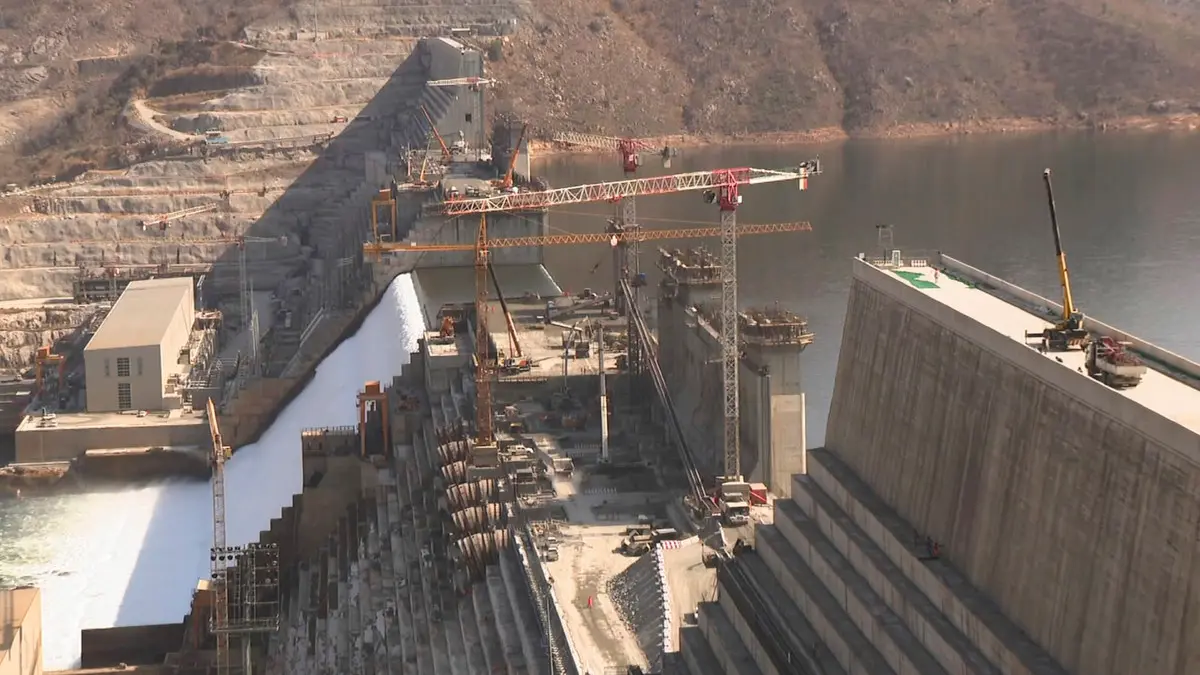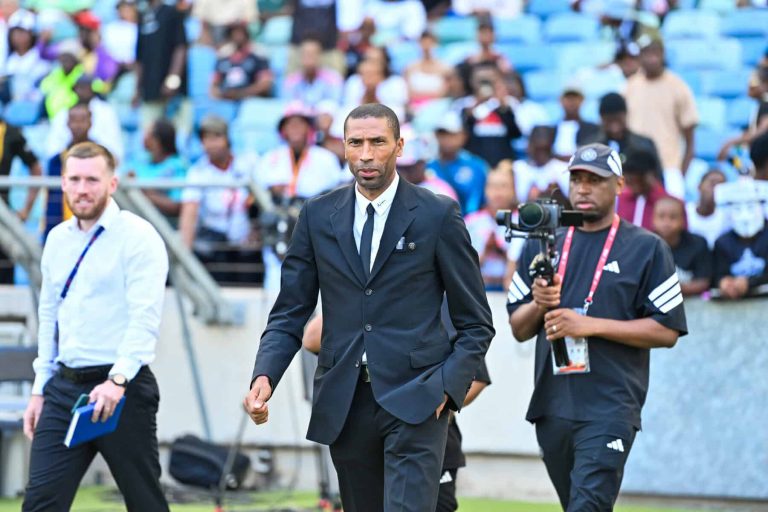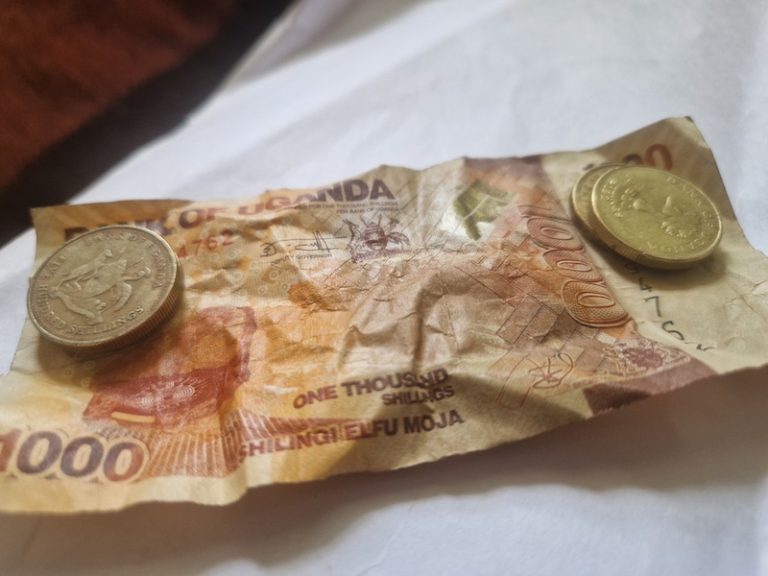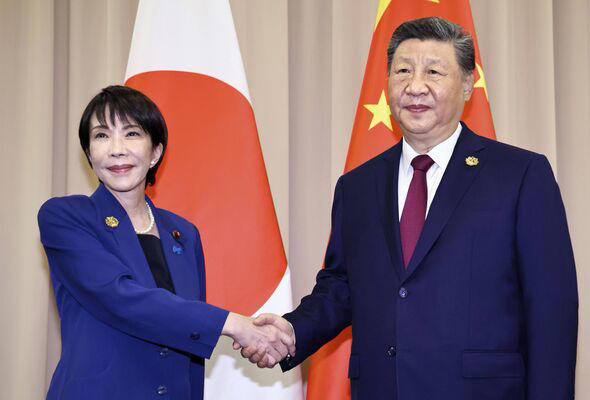
Ethiopia has officially inaugurated the Grand Ethiopian Renaissance Dam (GERD), the continent’s largest hydroelectric project, marking a historic milestone for the nation’s development agenda while deepening regional tensions with downstream Egypt.
The $5 billion mega-dam, built on the Blue Nile, is the centerpiece of Ethiopia’s drive to expand electricity access and power economic growth.
Construction began in 2011, and while only two turbines are currently operational—producing 750 MW—the GERD is expected to reach a full generating capacity of 5,150 MW, enough to supply power to millions and export surplus energy across East Africa.
Prime Minister Abiy Ahmed hailed the project as a symbol of opportunity, not conflict. “The Renaissance Dam is not a threat, but a shared opportunity. The energy and development it will generate stand to uplift not just Ethiopia,” he told parliament in July.
The project has long been a source of diplomatic friction. Egypt, which depends on the Nile for roughly 90% of its freshwater, has warned that the GERD threatens its water security, particularly during drought periods.
Cairo fears the precedent it sets for future upstream projects and has repeatedly invoked colonial-era treaties to defend its “historic rights” over Nile waters.
“Egypt will continue to closely monitor developments on the Blue Nile and exercise its right to take all appropriate measures to defend the interests of the Egyptian people,” Foreign Ministry spokesperson Tamim Khallaf said.
Sudan has echoed Egypt’s calls for a legally binding agreement on the dam’s filling and operation, though analysts note that Khartoum could benefit from improved flood control and access to affordable power.
International mediation has so far failed. During his presidency, Donald Trump described the dispute as dangerous, even suggesting Egypt might consider “blowing up the dam”—a remark that underscored the high stakes but yielded no breakthrough.
For Ethiopians, the GERD represents more than power generation; it is a nationalist project and a unifying symbol in a country often divided by internal conflict.
“The idea that Ethiopia should be able to build a dam on its own territory—and not be dictated to by Egypt—is something most Ethiopians strongly support,” said Magnus Taylor of the International Crisis Group.
Remarkably, the dam was funded almost entirely by Ethiopians themselves: the central bank covered 91% of costs, while the remaining 9% came from bond sales and citizen contributions. No foreign donors were involved.
The vast reservoir now spans an area larger than Greater London, designed to stabilize water supply for hydropower and irrigation, while also mitigating floods and droughts. Yet, paradoxically, many rural Ethiopians remain unconnected to the national grid and may not see immediate benefits.
Beyond water and power, the GERD is reshaping regional geopolitics. Analysts warn that tensions with Egypt could worsen, particularly as Ethiopia pushes for strategic access to the Red Sea through Eritrea or Somalia—plans that Cairo strongly opposes.
“The idea of strategic rival Egypt dictating not only Nile water usage but access to the Red Sea is clearly unacceptable to Addis Ababa,” noted Matt Bryden of Sahan Research.
Despite the disputes, Ethiopia has maintained that careful reservoir management has so far prevented major disruptions downstream.
Addis Ababa insists it has a sovereign right to harness its natural resources and will not be deterred from realizing the GERD’s full potential.



